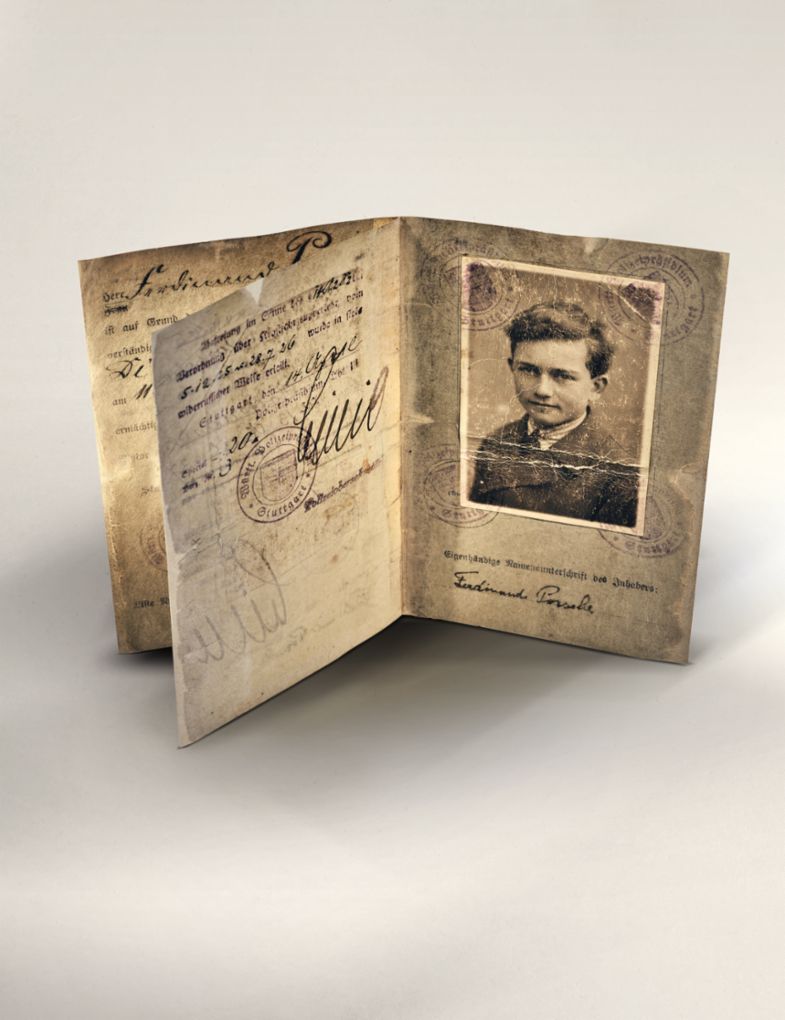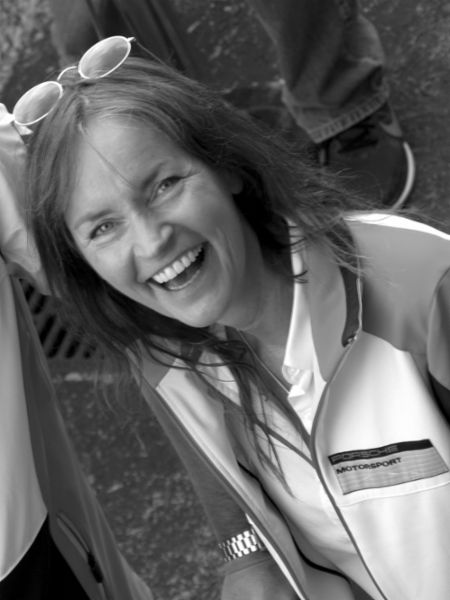ICON: Child’s Play
Ferry Porsche was just sixteen years old when he received his driver’s license.
The signature still lacked the looping verve of later years. His mien was the epitome of unimpressed teenhood. If the photo were a film, Ferry Porsche would literally be rolling his eyes.

He was just sixteen years old when he received his driver’s license in Stuttgart in 1925. In Germany at the time, the minimum age for a driver’s license was eighteen. The document was a special exemption permit. And for Ferry the fruition of a long-cherished dream.
How did the only son of the great designer Ferdinand Porsche grow up? By intuitively grasping the intimate perspective of riding in the slipstream. Born on September 19, 1909 in Wiener Neustadt, Austria, Ferry spent his childhood knocking around the Austro-Daimler factory. “My father took me everywhere,” Ferry Porsche wrote in his autobiography. The technical director's son quickly grew familiar with the workshop masters, becoming ever more conversant with the debates he heard in his father's design office. There would be no need to learn how to read technical drawings later on—he could just do it.
Time and again, the self-taught Ferry Porsche found opportunities to move cars. He was just eleven when the first car of his own was under the Christmas tree. It was dubbed the “billy goat car” because his parents had repeatedly told the pleading youngster he should forget his wish for a car—at most he would get a billy goat with a cart for him to sit in. In reality, the one-of-a-kind vehicle that Ferdinand Porsche—now general manager at Austro-Daimler—had built for his son in 1920 boasted a 3.5-hp four-stroke engine and a two-speed transmission.
The young scion not only mastered the car immediately—he improved it. He found ways to compensate for the disadvantages of a missing differential, installed racing spark plugs, and optimized the friction coefficient of the leather cone clutch by adding sand. Like his sister Louise, five years his senior, he took part in automobile competitions for children. In Austria, a license and registration were not required. But when they moved to Stuttgart in 1923, Ferry learned to his dismay that it was completely unthinkable for German authorities to let a thirteen-year-old drive a car. At sixteen, the long-awaited liberation was at hand. Three years of grueling patience—defiantly condensed in the youthful facial expression of the later visionary: Finally!





